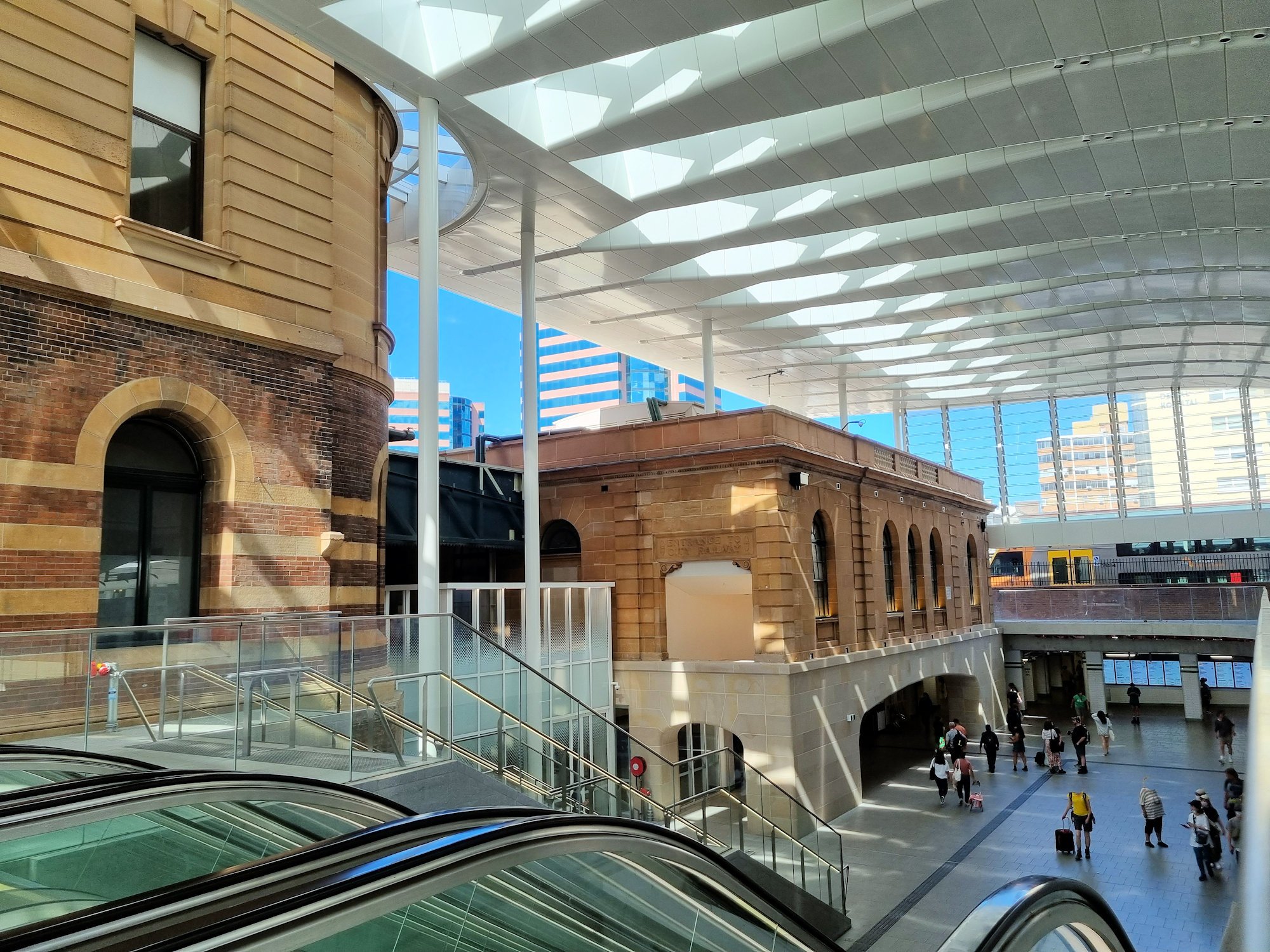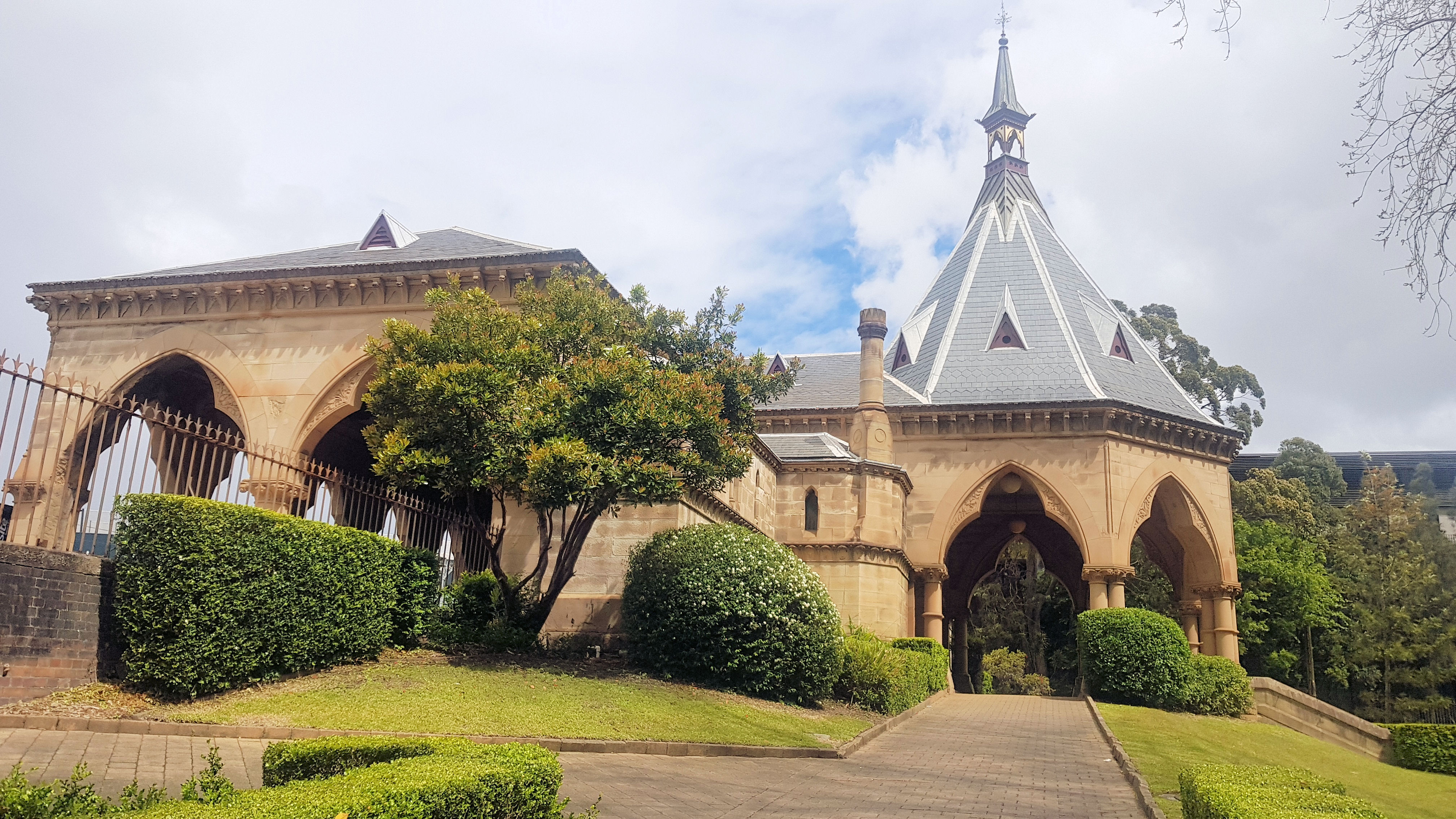Category: Building
Building
-
Museum Station Sydney
Museum Train Station Sydney History Opened in 1926, Museum Station was part of the Bradfield Plan. Designed by chief engineer John Bradfield, the plan incorporated the Sydney Harbour Bridge an underground city railway network and Central Station. Bradfield also planned the electrification of the suburban Sydney rail network. Although only partially implemented, his plan forms… Read more
-
Central Railway Station Sydney

Central Railway Station Sydney Establishment in 1855. and originally known as Sydney Station, Central Station was the southern terminus of the Sydney Railway Company. Designed by architect G. W. Wallace, the station showcased an elegant, Victorian-era architectural style, characterized by its grand sandstone façade and a prominent clock tower. Expansion as part of the Bradfield… Read more
-
Mortuary Station Sydney

Mortuary Train Station Sydney Design and Construction Designed by colonial architect James Barnet in Gothic Revival style, Mortuary Station opened in June 1869. Featuring elaborate carvings of angels, cherubs and gargoyles on the walls, the station also has a sandstone and iron palisade fence around the lawn. Completed on 22 March 1869 it was officially… Read more